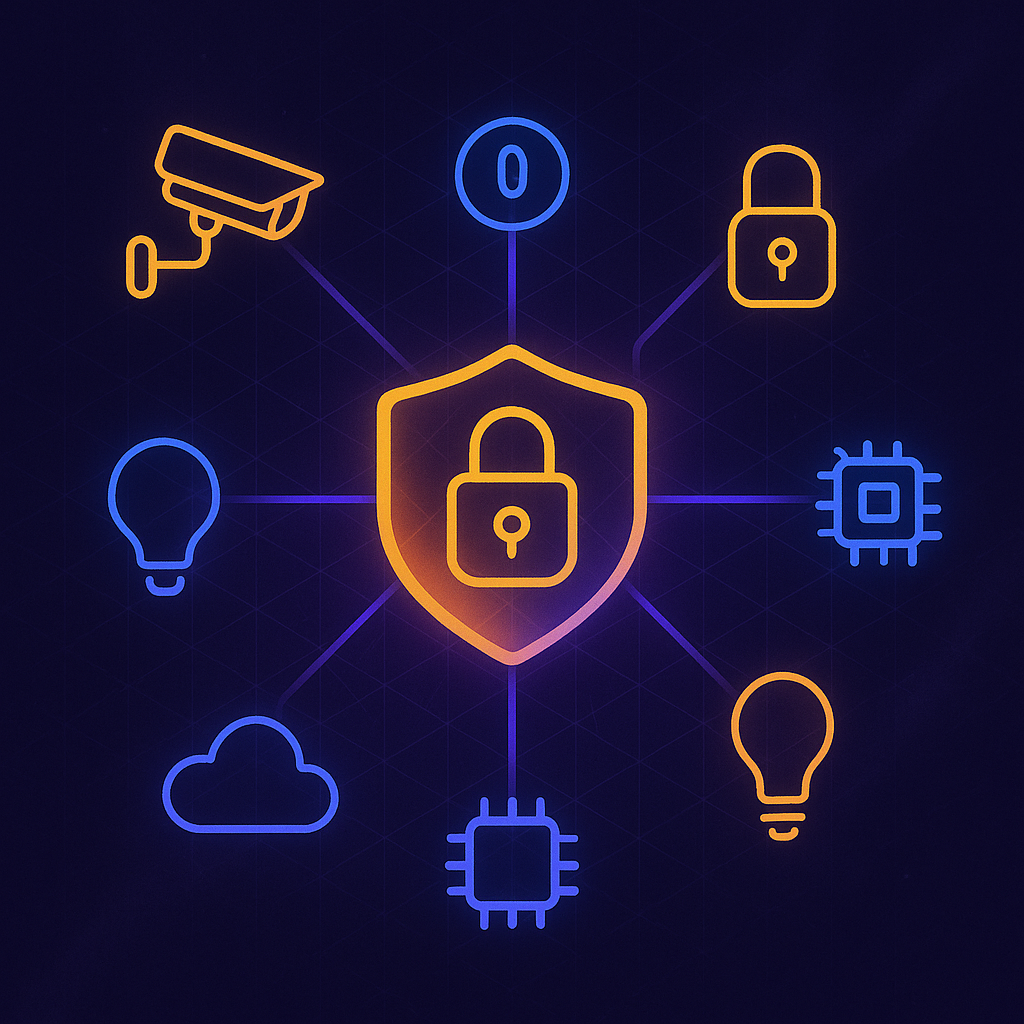Advanced
IoT Security Best Practices
12 min read
Buddhila Siriwardena

Why IoT Security Matters
IoT devices are often the weakest link in network security. With billions of connected devices, securing your IoT infrastructure is critical to prevent data breaches, unauthorized access, and system compromises.
Common Security Threats
- • Weak Authentication: Default or weak passwords
- • Unencrypted Communication: Data transmitted in plain text
- • Firmware Vulnerabilities: Outdated or insecure device software
- • Network Attacks: Man-in-the-middle and DDoS attacks
Essential Security Measures
- 1. Strong Authentication: Use unique, complex passwords and multi-factor authentication
- 2. Data Encryption: Implement AES-256 encryption for data at rest and in transit
- 3. Secure Communication: Use TLS/SSL protocols for all communications
- 4. Regular Updates: Keep firmware and software up to date
- 5. Network Segmentation: Isolate IoT devices on separate network segments
Compliance Considerations
Ensure your IoT implementation complies with relevant regulations such as GDPR, HIPAA, or industry-specific standards. This includes data protection, privacy rights, and audit requirements.
Security Monitoring
- • Implement continuous monitoring and logging
- • Set up automated alerts for suspicious activities
- • Regular security audits and penetration testing
- • Incident response planning and procedures
